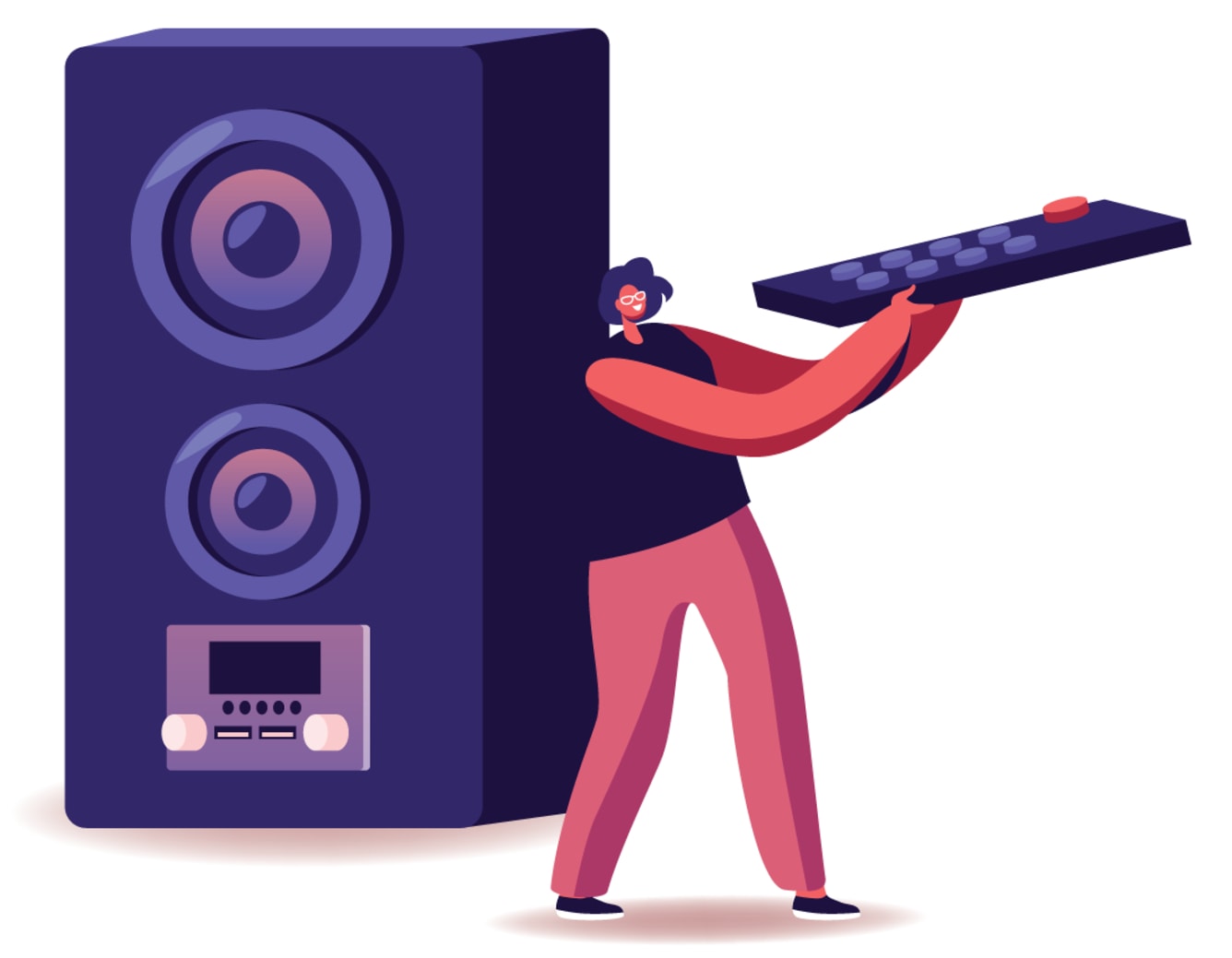The sound of silent energy
Your computer, oven, micro-wave, game console, printer, blender (you get the idea, right?) may be consuming unnecessary energy.Standby mode, off-mode, and even power saving mode, are words that have snuck unnoticed into our day-to-day. And the biggest victim here is our planet. Follow these next tips and find out how to detect the main sources of energy waste at home and reduce your energetic footprint.
What is standby power?
Standby power consumption, also called vampire power or ghost load, refers to the electric power consumed by certain electronics when they are apparently turned off. Since these appliances are only switched off on the electronic interface and not truly switched off at the plug, they still consume energy without being in use – and this consumption right here is energy waste. In most cases, appliances and devices in standby mode have light displays that use up electricity – albeit very little.
What about off-mode power consumption?
Aside from standby power draw, there is also the off-mode power consumption, that is, the electric power consumed by electronic appliances when these are switched off. The consumption happens when the devices are not carrying out their main functions, with no indication of using energy, while connected to the power outlet.
What devices and appliances have higher ghost load?
These are some of the electronic appliances and devices that are still consuming energy when in standby or off-mode:

- Cable boxes and routers;
- Gaming consoles;
- Smart kitchen appliances and other smart devices;
- Chargers;
- Kitchen appliances with text or light displays (such as internal clocks in ovens and microwaves);
- Coffee machines;
- TVs.
There are however other sources of constant but necessary energy consumption in your home. One of them is your refrigerator, that is on and using power 24/7, 365 days a year. Similarly, freezers, heating systems and boilers are also a part of this list.
Work out the standby energy consumption of your gadgets at home

Are standby energy consumptions significant?
At the beginning of the 2000’s, the energy waste caused by standby power was quite relevant. In 2010, the European Commission (EC) under the recommendation of the International Energy Agency (IEA), banned devices with standby consumption of more than 1 watt. This number might seem insignificant at first sight since, even when plugged in for hours, 1 watt is not enough to charge your phone or even to light up a bulb.
However, if we multiply all these small “1 watts” by the time they are plugged in, and by each and every one of the thousands of millions of devices in homes or in commercial buildings in the whole world, the result becomes an important share of all the electricity used – in this case, unnecessarily.
The limit on standby power consumption halved in 2013, but the problem did not disappear.
This number will increase if you have smart devices and appliances, since these electronics operate by connecting to a network and frequently undergo software updates and security patches.
And what are the impacts on the planet?
In order to limit the increase in global average temperature to 1.5°C, as settled by the Paris Agreement (2015), the European Union’s energy policy for the next 40 years must align with these efforts.
The primary energy intensity measures the amount of energy needed to produce one unit of “wealth”. The goal is to use less and less energy to produce the same unit of “wealth”, thus generating more efficiency. Simple.
Reduce your energy waste
-
Using socket extensions
One of the most effective ways of reducing energy consumption at home is by using socket extensions with an on/off switch.
Removing all chargers and adaptors from the sockets is also an option. But what about all the small kitchen appliances that use standby mode? To avoid having to unplug one by one – which is definitely more inconvenient and more prone to fall into oblivion -, you can plug these appliances in a multiple-socket extension with an on/off switch.
Besides, do not forget to not leave your phone, tablet and laptop chargers plugged in, after you’ve charged your devices. And, of course, don’t keep your fully charged devices plugged in – although small, waste still happens here.
-
Timers and smart plugs
Other options are timers and smart plugs. Plug-in timer switches are frequently used in Winter, but they can be used with almost all devices and small appliances. If your family has a fixed routine, you can use that to your advantage by programming the plug-in timers to switch off during the hours you are not at home or when no device is being used for a long period (for example, during the night).
Smart plugs make your day easier and help you save energy – especially by reducing energy waste caused by ghost loads – by allowing you to switch your devices and appliances on or off via smartphone, even when you are not at home.

Other ways to save energy and avoid energy waste at home
- Choose LED lamps – the savings can go from 25€ to 50€ a year, according to the European Commission;
- Choose energy efficient appliances – pay attention to the energy label in your devices and appliances. If possible, opt for the more efficient ones (A+++). ;
- Plan your meals ahead – take the frozen food you will need from the freezer and into the fridge the day before you plan on cooking it, and avoid using energy both by the freezer and the microwave;
- Avoid opening the refrigerator doors frequently and for a long time – for every 10 seconds with the door open, the energy consumption raises by 0.2% to 0.8%;
- Do full loads – either in your dish washer and in your washing machine. Turn the washers on only when fully loaded and opt for shorter or eco cycles;
- Turn off the oven or stove heat 10 minutes before time – the accumulated heat will finish cooking the food through without any energy consumption.
